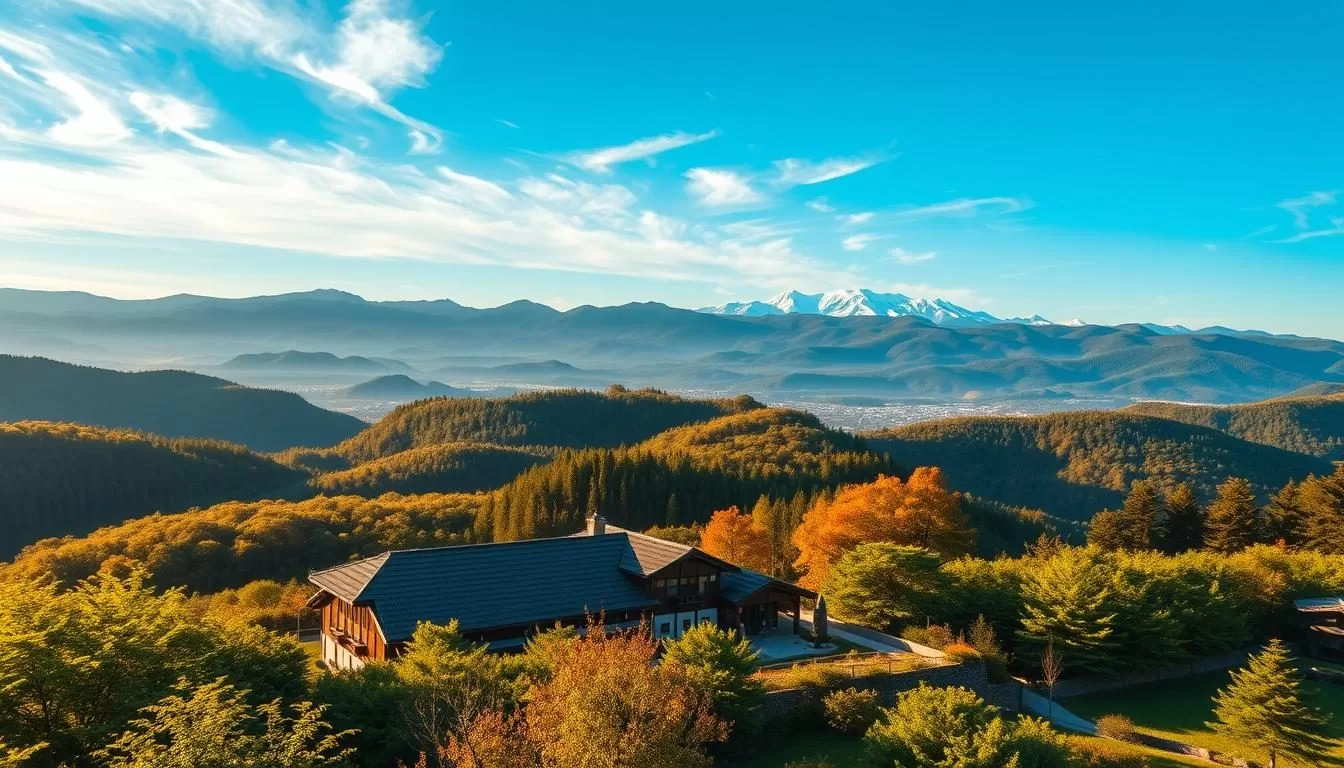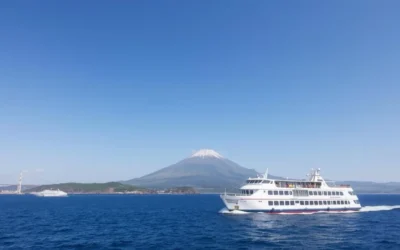✓ Accommodations✓ Flights✓ Rental Cars
Planning a trip to Nagano Prefecture can be a thrilling experience, especially when you consider the diverse range of activities it offers across different seasons. January is an ideal time to visit, with its dramatic mountain ranges blanketed in deep snow, making it perfect for snowsports enthusiasts.
The prefecture’s unique mountainous terrain creates distinct weather patterns, differing significantly from coastal Japanese cities. To make the most of your travel experience, it’s essential to understand the seasonal highlights and plan accordingly.
Whether you’re seeking winter sports, cherry blossoms, summer hiking, or autumn foliage, this comprehensive guide will help you navigate the best time to visit Nagano.
Discovering Nagano Prefecture: Japan’s Alpine Heart
Nestled in the heart of Japan’s mountainous terrain, Nagano Prefecture is a treasure trove of natural beauty and cultural heritage. As you explore this enchanting region, you’ll discover a perfect blend of traditional and modern attractions.
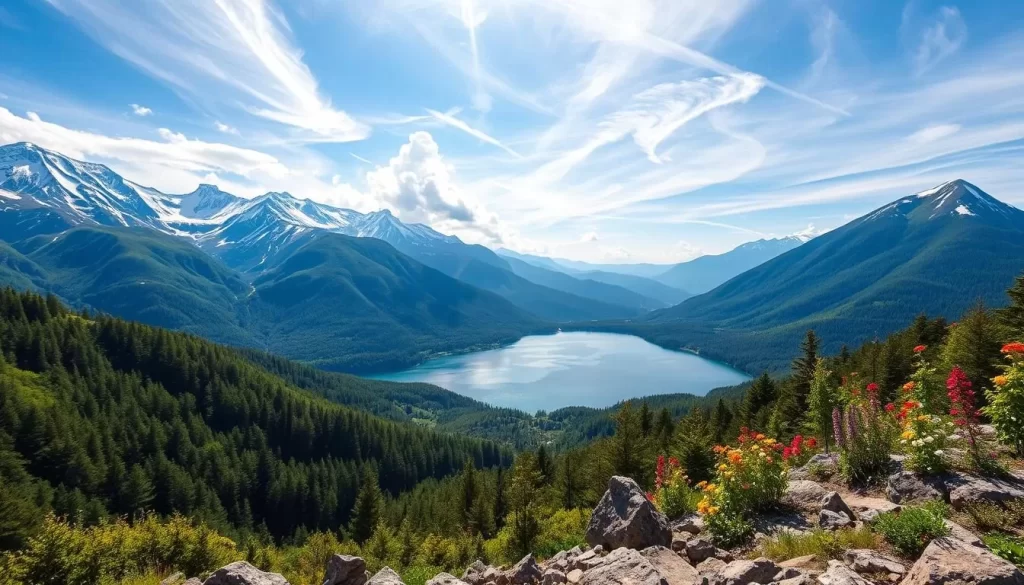
Geographic Overview and Significance
Nagano Prefecture is characterized by its mountainous landscapes, offering a serene escape from the urban bustle. The region is home to the Japanese Alps, providing a dramatic backdrop for a variety of activities and experiences. The historic Nakasendo Way, an ancient postal route, passes through Nagano, allowing visitors to walk through Japanese history.
Why Nagano Deserves a Spot on Your Japan Itinerary
Nagano offers a unique experience, with its dramatic seasonal transformations. From the snow-covered landscapes of winter to the vibrant cherry blossoms of spring and the fiery autumn foliage, Nagano is a beauty to behold throughout the year. Visitors can enjoy world-class skiing, relax in traditional hot springs, or explore the region’s rich cultural heritage. Don’t miss a visit to Tsumago, one of Japan’s best-preserved Edo-period towns, to see authentic ryokan and Minshuku lining the streets.
Whether you’re drawn to the weather conditions that make it ideal for skiing or the tranquil hot springs that offer relaxation, Nagano has something for every kind of traveler. Its unique blend of natural beauty and cultural experience makes it a must-visit destination in Japan.
Understanding Nagano’s Climate and Weather Patterns
Understanding Nagano’s climate requires considering its geography, with weather conditions varying significantly across different elevations. Nagano Prefecture, nestled in the Japanese Alps, experiences a diverse range of climates due to its varied terrain.
Four Distinct Seasons in the Japanese Alps
Nagano enjoys four distinct seasons, each offering unique experiences for visitors. The seasonal changes are pronounced, with cold winters bringing significant snowfall, especially in the mountainous regions. In contrast, summers are mild, making it an attractive time to visit for those seeking cooler temperatures.
In mountainous areas, activities such as hiking, mountain biking, and camping are popular, though high-altitude trails may not open until July. The varying elevations create microclimates, with temperatures decreasing approximately 6°C (10.8°F) for every 1,000 meters of elevation gain.
How Elevation Affects Weather Conditions
The elevation differences in Nagano significantly impact weather conditions. Valley areas like Matsumoto and Nagano City experience milder temperatures year-round compared to the surrounding highlands. The mountainous regions receive significantly more snowfall, with some areas accumulating over 10 meters (33 feet) of snow annually.
| Region | Elevation Impact | Typical Weather |
|---|---|---|
| Valley Areas | Milder temperatures | Less snowfall |
| Mountainous Areas | Significant temperature decrease with elevation | Heavy snowfall |
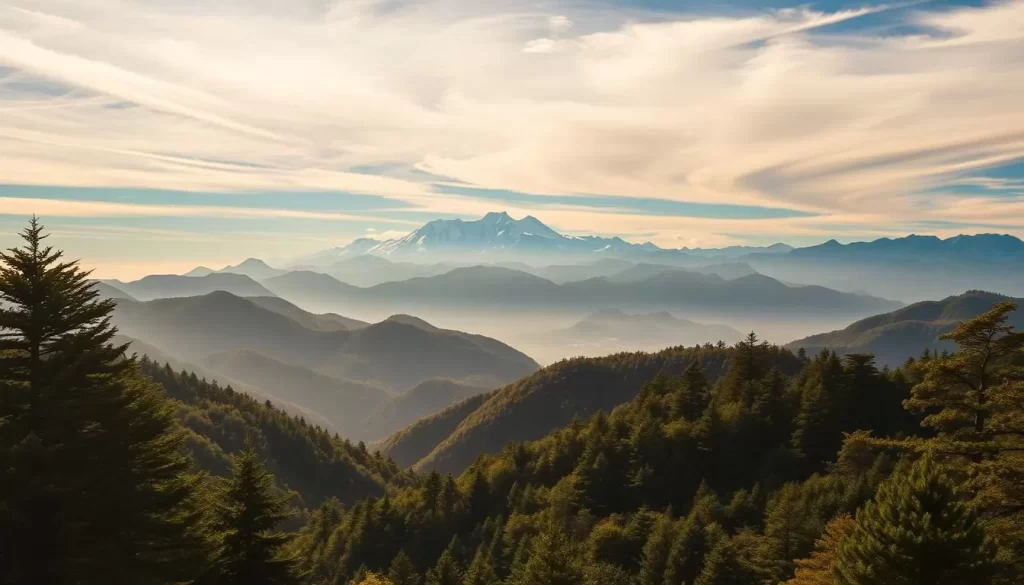
Weather conditions can change rapidly in mountain areas, making it essential to check forecasts and prepare appropriately, even during summer months. This variability creates unique opportunities for travelers to experience different weather conditions within short distances.
Winter Wonderland: December to February in Nagano
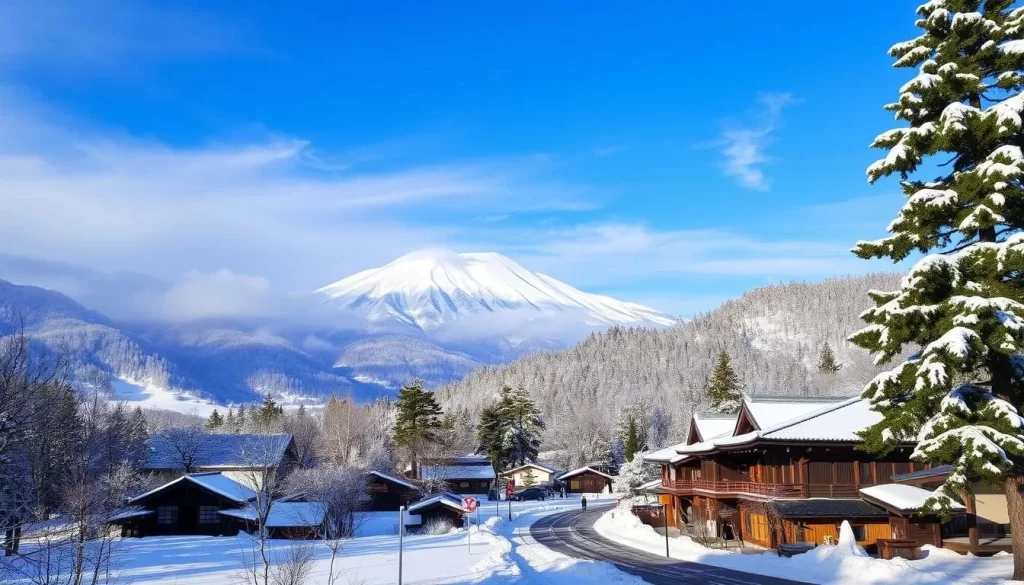
As the cold weather sets in, Nagano comes alive with a range of winter activities and events that cater to all interests. From world-class skiing to unique cultural experiences, there’s something for everyone in this winter wonderland.
World-Class Skiing and Winter Sports
Nagano is renowned for its exceptional skiing and snowboarding opportunities, with resorts like Hakuba Valley and Shiga Kogen offering world-class slopes for all skill levels. The region hosted several events during the 1998 Winter Olympics, and its infrastructure continues to attract enthusiasts from around the globe.
The Famous Snow Monkeys of Jigokudani
One of Nagano’s most iconic attractions is the Jigokudani Monkey Park, home to the famous snow monkeys. These Japanese macaques can be seen relaxing in the hot springs, a truly unique experience. Visiting the park is a must-do during the winter months.
Winter Festivals and Cultural Experiences
Nagano hosts several distinctive winter festivals, including the Nozawa Fire Festival in January, where villagers defend a wooden shrine against torch-bearing attackers in a spectacular fire ritual. The Togakushi Snow Festival features impressive snow sculptures, traditional performances, and local food specialties in a magical forest setting.
- Experience the magic of Nagano’s winter festivals, such as the Nozawa Fire Festival and Togakushi Snow Festival.
- Enjoy the region’s onsen culture, with hot spring baths being particularly appealing during the cold winter months.
- Savor traditional winter kaiseki meals at ryokan inns, featuring seasonal ingredients like Shinshu salmon and hearty nabe hot pots.
- Participate in New Year ceremonies and winter illumination events at local temples and shrines.
These events and activities make winter an ideal time to visit Nagano, offering a mix of adventure, culture, and relaxation.
Spring Awakening: March to May in Nagano Prefecture
Spring in Nagano Prefecture is a time of renewal, where the melting snow reveals lush valleys and majestic mountain scenery. As the weather warms up, the prefecture transforms into a vibrant landscape, offering a wide range of experiences for visitors.
Cherry Blossom Season in the Mountains
Nagano’s cherry blossom season is a highlight of the spring, with the mountains providing a picturesque backdrop to the blooming flowers. While the exact timing of the blossoms can vary, late March to early April is typically the best time to enjoy this natural spectacle. The combination of blooming cherry blossoms and the still snow-capped peaks creates a unique and breathtaking scenery.
- The mountainous regions of Nagano offer a serene and less crowded environment to enjoy the cherry blossoms.
- Many of the prefecture’s parks and gardens are meticulously maintained, providing perfect spots for spring picnics under the blossoming trees.
Spring Hiking and Outdoor Activities
As spring progresses, Nagano’s extensive network of hiking trails and paths become increasingly accessible, inviting adventurers to explore the great outdoors. By late April, the snow has melted from the lower elevations, allowing for a variety of activities such as hiking and mountain biking.
- The Togakushi area becomes a hotspot for hiking, with its beautiful forest trails leading to ancient shrines nestled among towering cedar trees.
- Kamikochi, one of Japan’s most spectacular alpine valleys, typically opens in mid-April, offering pristine mountain scenery without the summer crowds.
- Spring also brings ideal conditions for cycling the rural roads of Nagano, with comfortable temperatures and blooming countryside creating perfect riding conditions.
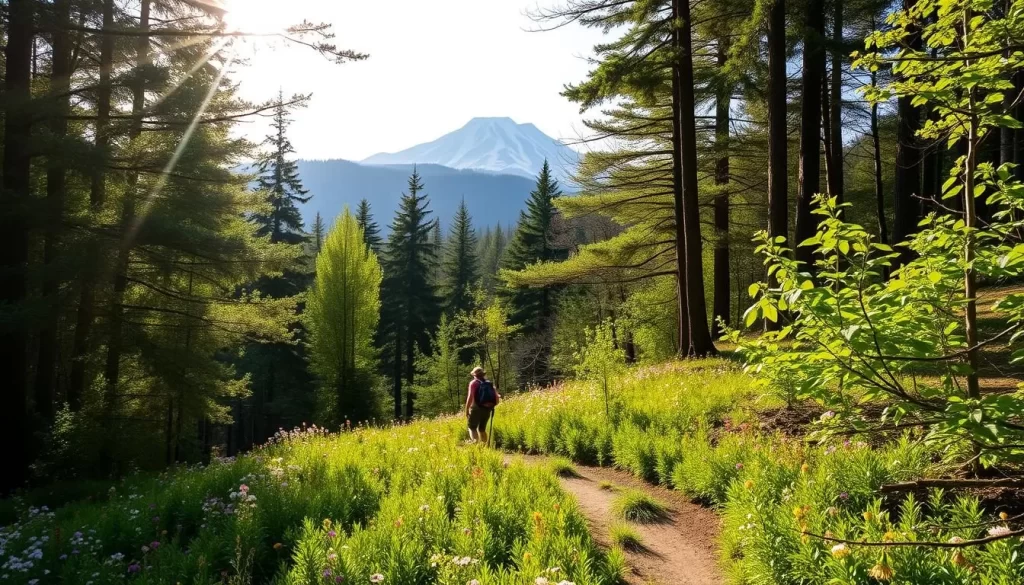
Summer Escape: June to August in Nagano
If you’re looking for a summer escape, Nagano Prefecture is an ideal destination, offering a cool respite from Japan’s sweltering heat. The prefecture’s alpine climate means that temperatures are generally milder than in the rest of Japan, making it a perfect retreat for those seeking comfort during the summer months.
Escaping Japan’s Summer Heat in the Alps
Nagano’s mountainous terrain provides a natural cooling effect, with temperatures often 5-10°C lower than in the lowland areas. This makes it an attractive destination for summer activities such as hiking, trekking, and exploring the beautiful alpine landscapes. You can enjoy a refreshing experience in the Japanese Alps, whether it’s through outdoor adventures or simply taking in the breathtaking scenery.
The region’s numerous parks and gardens are also worth visiting during the summer. They offer a serene atmosphere and a chance to connect with nature. For those interested in more activities, Nagano has plenty of options, including water sports on Lake Suwa or visiting the many onsen (hot springs) that are perfect for relaxing.
Summer Festivals and Cultural Events
Summer in Nagano is not just about escaping the heat; it’s also a time for vibrant festivals that showcase the region’s rich cultural heritage. One of the highlights is the Suwa Lake Fireworks Festival, which is renowned for its spectacular display of over 40,000 fireworks. This event is a must-see, attracting visitors from all over Japan and beyond.
Other notable festival events include the Binzuru Festival in Nagano City, which features colorful parades and traditional dancing, and the various Bon Odori dance festivals held in mountain villages during August. These events offer a unique experience, allowing you to participate in local traditions and enjoy the community’s festive atmosphere. You can also savor local specialties like Shinshu soba noodles and regional sake at these festivals, making your visit to Nagano a memorable one.
Visiting Nagano during the summer allows you to enjoy a mix of natural beauty, cultural richness, and exciting activities in a city that is full of life and energy.
Autumn Splendor: September to November in Nagano Prefecture, Japan
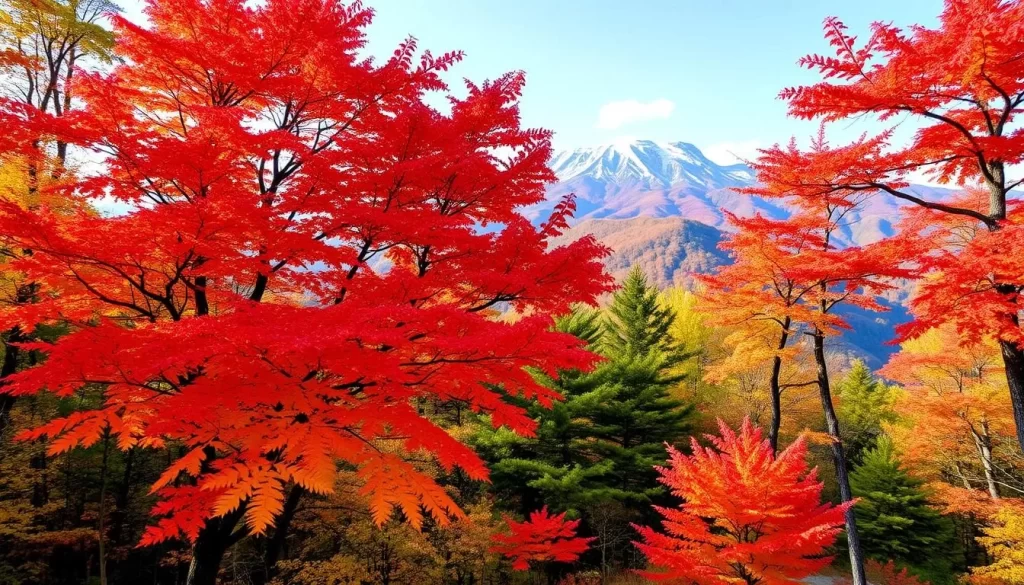
As the summer heat dissipates, Nagano Prefecture transforms into a vibrant autumn paradise, inviting travelers to experience its splendor from September to November. The autumn season brings a unique blend of natural beauty and cultural richness.
Fall Foliage and Scenic Landscapes
The fall foliage in Nagano is a breathtaking spectacle, with the Japanese Alps turning into a kaleidoscope of colors. Pleasantly warm days and cool evenings make October an excellent time to be in Japan, with the fall foliage providing a stunning backdrop to its myriad mountain trails.
Harvest Season and Local Cuisine
Autumn is harvest season in Nagano, famous for producing some of Japan’s best apples, grapes, and mushrooms that feature prominently in food cuisine. The prefecture’s renowned Shinshu apples reach peak flavor in autumn, with varieties like Fuji and Shinano Gold available for picking at numerous orchards. You can also savor the local experience by enjoying regional specialties like oyaki (stuffed dumplings) and slow-cooked hotpots, which are perfect for the cool autumn evenings.
Nagano’s seasonal delights extend to its soba noodles, a specialty traditionally eaten most frequently in autumn when the new buckwheat harvest arrives. The country‘s rich culinary heritage is on full display, offering visitors a chance to indulge in local flavors.
Best Months for Specific Activities in Nagano
To make the most of your trip to Nagano, it’s essential to know the best times for various activities. Nagano’s diverse climate and geography offer a wide range of experiences throughout the year.
Optimal Times for Hiking the Nakasendo Way
The Nakasendo Way, a historic trail that once connected Tokyo and Kyoto, is a must-hike in Nagano. The best time to hike this trail is during spring (April-May) and autumn (September-October). During these periods, the weather is mild, and the scenery is particularly beautiful with cherry blossoms in spring and vibrant autumn colors.
When to Visit Historic Temples and Castles
Nagano is home to numerous historic temples and castles, such as Matsumoto Castle and Ueda Castle. The best time to visit these sites is during the spring (April-May) when cherry blossoms frame the historic architecture, creating a picturesque scene. Alternatively, visiting during autumn (October-November) can be rewarding, with the fall foliage adding to the beauty of these historic sites.
Best Seasons for Photography Enthusiasts
Nagano offers unique photography opportunities throughout the year. Photography enthusiasts can capture stunning cherry blossom shots in mid-April to early May, especially around Matsumoto Castle and Ueda Castle. October to November is ideal for capturing the rich autumn colors, while January and February offer opportunities to photograph the snow-covered landscapes and the famous snow monkeys in hot springs.
| Activity | Best Time | Highlights |
|---|---|---|
| Hiking Nakasendo Way | April-May, September-October | Mild weather, cherry blossoms, autumn colors |
| Visiting Historic Sites | April-May, October-November | Cherry blossoms, fall foliage |
| Photography | Mid-April to early May, October-November, January-February | Cherry blossoms, autumn colors, snow-covered landscapes, snow monkeys |
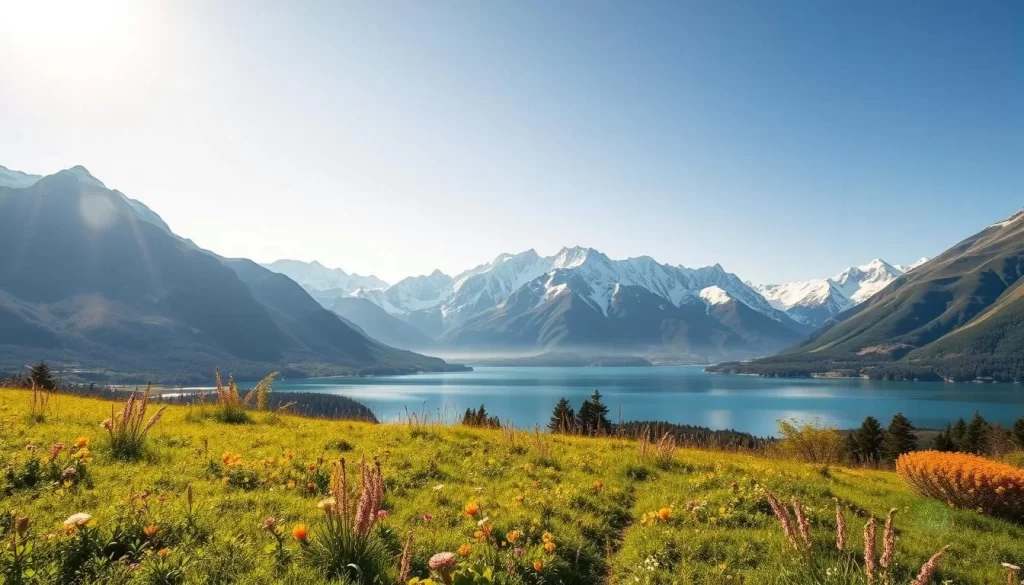
By planning your visit according to the best time for your preferred activities, you can ensure a memorable and fulfilling experience in Nagano Prefecture.
Nagano Prefecture, Japan: Best Months for a Weather-Savvy Trip
For travelers to Nagano, Japan, knowing the optimal time to visit can greatly enhance their experience. Nagano Prefecture offers a diverse range of activities and landscapes throughout the year, making it a versatile destination.
January-February: Perfect for Snow Enthusiasts
Winter sports enthusiasts will find January and February ideal, with excellent snow conditions at resorts like Hakuba Valley and Shiga Kogen. The snow monkeys of Jigokudani are another winter attraction, enjoying the hot springs amidst the cold weather.
April-May and October-November: Ideal for Mild Weather Exploration
These periods offer pleasant temperatures and fewer crowds, making them perfect for exploring Nagano’s cultural and natural attractions. The spring (April-May) brings beautiful cherry blossoms, while autumn (October-November) is renowned for its vibrant foliage.
July-August: Summer Retreat from the Heat
Nagano’s higher elevations provide a cool escape from the summer heat that plagues much of Japan. With temperatures typically 5-10°C cooler than major cities like Tokyo or Osaka, Nagano is an ideal summer retreat. However, August is a peak month due to the Obon holiday, so advance bookings are essential.
| Month | Weather | Activities |
|---|---|---|
| January-February | Cold, snowy | Skiing, snowboarding, snow monkeys |
| April-May | Mild, cherry blossoms | Hiking, cultural exploration |
| July-August | Cool summer | Hiking, outdoor activities |
| October-November | Mild, autumn foliage | Hiking, cultural exploration |
Understanding these seasonal variations allows you to plan your trip according to your preferences, whether you’re looking for winter sports, mild weather exploration, or a cool summer retreat.
Conclusion: Planning Your Perfect Seasonal Visit to Nagano
Nagano Prefecture is a year-round destination that promises a distinct adventure with every visit. Each season offers unique experiences, from world-class skiing in winter to vibrant festivals in summer and spectacular fall foliage.
As you plan your trip to Nagano, consider what activities and experiences are most important to you. Whether you’re interested in cherry blossoms in spring, summer hiking, or autumn photography, Nagano has something to offer.
The best time to visit Nagano depends on your preferences, but the shoulder seasons (late spring and late fall) often provide the optimal balance of good weather and manageable crowds. Whichever season you choose, your travel experience in Nagano is sure to be memorable.
The above is subject to change.
Check back often to TRAVEL.COM for the latest travel tips and deals.
